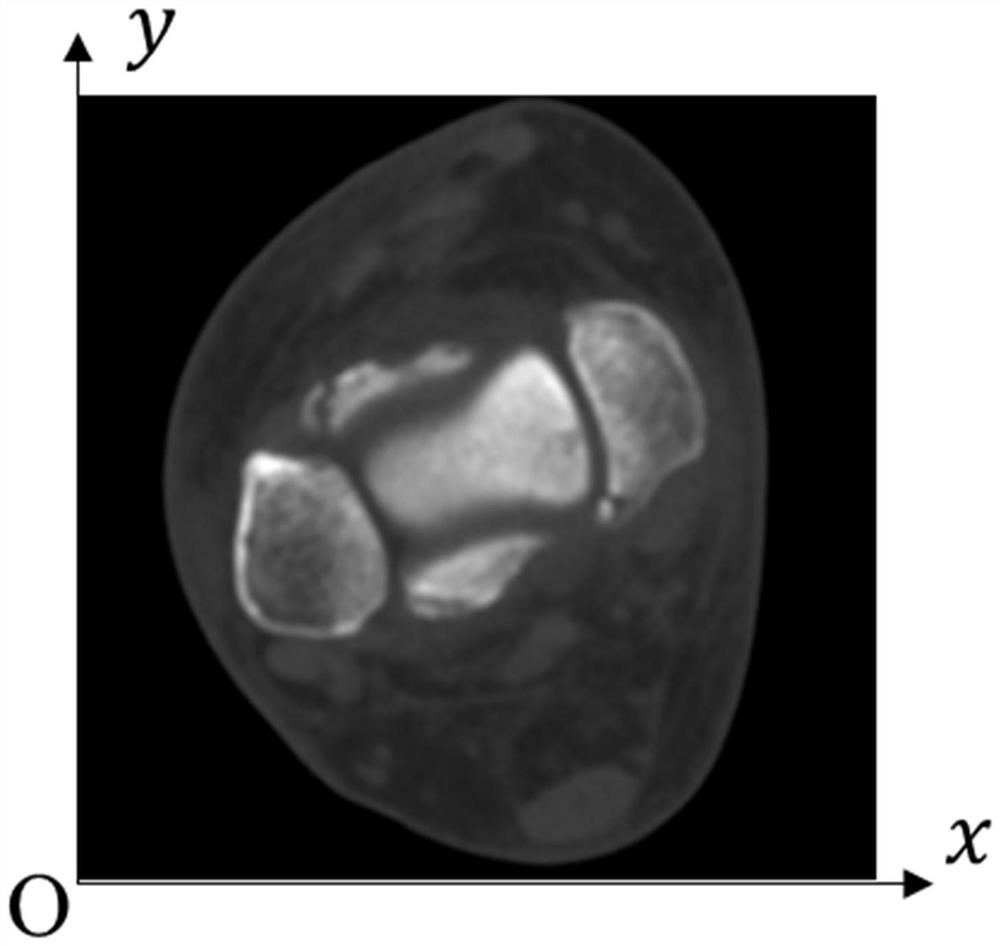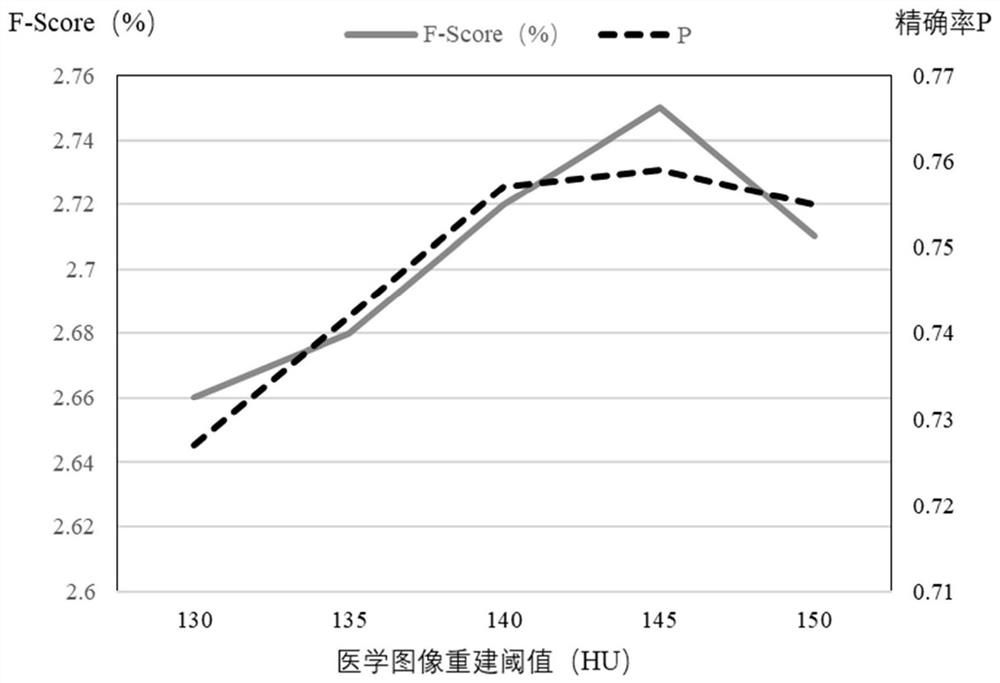A Method of 3D Reconstruction of Medical Images Based on Neighborhood Topology
A medical image and three-dimensional reconstruction technology, applied in the field of combining medicine and engineering science, can solve problems such as poor repair effect, reduce the amount of calculation, improve the speed of online three-dimensional reconstruction, and improve the adaptability.
- Summary
- Abstract
- Description
- Claims
- Application Information
AI Technical Summary
Problems solved by technology
Method used
Image
Examples
specific Embodiment
[0064] Step 1: Taking the human radial styloid process and ulnar styloid process as three-dimensional reconstruction medical objects, initially set the threshold as the gray value of the periosteum and several thresholds similar to the gray value, and select 130HU, 135HU, 140HU, 145HU and 150HU is used as the initial threshold;
[0065] Step 2: Collect and load the original skeletal medical image frame sequence of the 3D reconstructed medical object, select the 121-layer CT image, and select the CT image to be calibrated in the original skeletal medical image frame sequence, the CT image contains the complete 3D reconstructed medical object Contour, according to the threshold set in step 1, use the moving square algorithm (Marching Squares, MS) to process the CT image to obtain the contour and its contour image, and then compare the contours under different thresholds, as follows:
[0066] Step 2.1: use the Canny edge detection operator to extract the edges of the radius and u...
PUM
 Login to View More
Login to View More Abstract
Description
Claims
Application Information
 Login to View More
Login to View More - R&D
- Intellectual Property
- Life Sciences
- Materials
- Tech Scout
- Unparalleled Data Quality
- Higher Quality Content
- 60% Fewer Hallucinations
Browse by: Latest US Patents, China's latest patents, Technical Efficacy Thesaurus, Application Domain, Technology Topic, Popular Technical Reports.
© 2025 PatSnap. All rights reserved.Legal|Privacy policy|Modern Slavery Act Transparency Statement|Sitemap|About US| Contact US: help@patsnap.com



